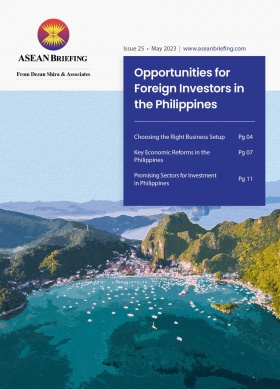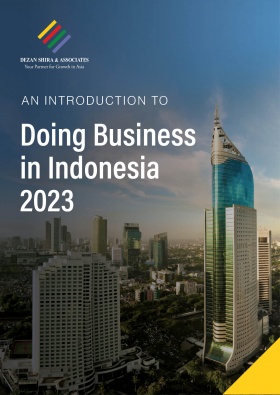Minimum Wage for Micro Enterprises in Malaysia Comes into Force
As of July 1, 2023, the minimum wage for micro-enterprises in Malaysia has come into force having been previously deferred since 2022.
Malaysia had increased the national minimum wage in May 2022 by 25 percent from 1,200 ringgit (US$265) to 1,500 ringgit (US$331). However, micro-enterprises (businesses with five employees or less) were given an extension until January 2023 to implement the new rates. This was further extended to July 2023 to give businesses more time to prepare.
The new minimum wage works out as follows for workers in city council or municipal council areas:
- 57.69 ringgit (US$12.74) per day for employees working six days per week;
- 69.23 ringgit (US$15.29) per day for employees working five days per week; and
- 86.54 ringgit (US$19.11) per day for employees working four days per week.
Micro enterprises play an important role in Malaysia’s economy, contributing to some 40 percent of GDP and employing two-thirds of the total workforce.
Malaysia’s economic outlook
Malaysia saw economic growth of 8.7 percent in 2022 due to strong oil and gas as well as manufacturing exports – the country exported 8.87 million tons of crude petroleum in 2022. Exports of manufactured goods increased by 22 percent in 2022, the majority of which was from electrical and electronic (E&E) products, which rose by 30 percent. The government is aiming for the country’s E&E sector to contribute some 120 billion ringgit (US$26.5 billion) to GDP by 2025, and 495 billion ringgit (US$109 billion) in exports by the same year.
Several multinationals have decided to expand their E&E operations in Malaysia in recent years. US IT giant Intel, for instance, invested US$7 billion in a large-scale chip-packaging factory in Penang in 2021 with production anticipated to begin in 2024. Further, German semiconductor manufacturer Infineon Technologies began construction of an 8-billion-ringgit (US$1.7 billion) wafer fab module in Kulim in 2022. Construction is expected to be completed in mid-2024.
Malaysia’s economy saw its GDP rise to 5.6 percent in Q1 2023, buoyed by strong domestic demand and faster than the 4.8 percent predicted by analysts. The country’s central bank is hopeful that growth will be between four and five percent in 2023. Exports for 2023 are expected to be moderate, a reflection of the slowdown of key export markets in Europe and North America. However, China’s economic rebound can help mitigate the impact of softening exports, such as to the US and EU; China is Malaysia’s largest trading partner and accounts for 15 percent of its total exports.
Malaysia has also set an ambitious target of 16 million tourists in 2023, an increase of 60 percent from 2022. The industry contributes approximately 12 – 15 percent of GDP annually. Chinese tourists will play an important role in achieving this target. Before the pandemic, China was the third-largest source of foreign tourists in Malaysia after Singapore and Indonesia, but they ranked second in terms of spending power.
About Us
ASEAN Briefing is produced by Dezan Shira & Associates. The firm assists foreign investors throughout Asia and maintains offices throughout ASEAN, including in Singapore, Hanoi, Ho Chi Minh City, and Da Nang in Vietnam, in addition to Jakarta, in Indonesia. We also have partner firms in Malaysia, the Philippines, and Thailand as well as our practices in China and India. Please contact us at asean@dezshira.com or visit our website at www.dezshira.com.








